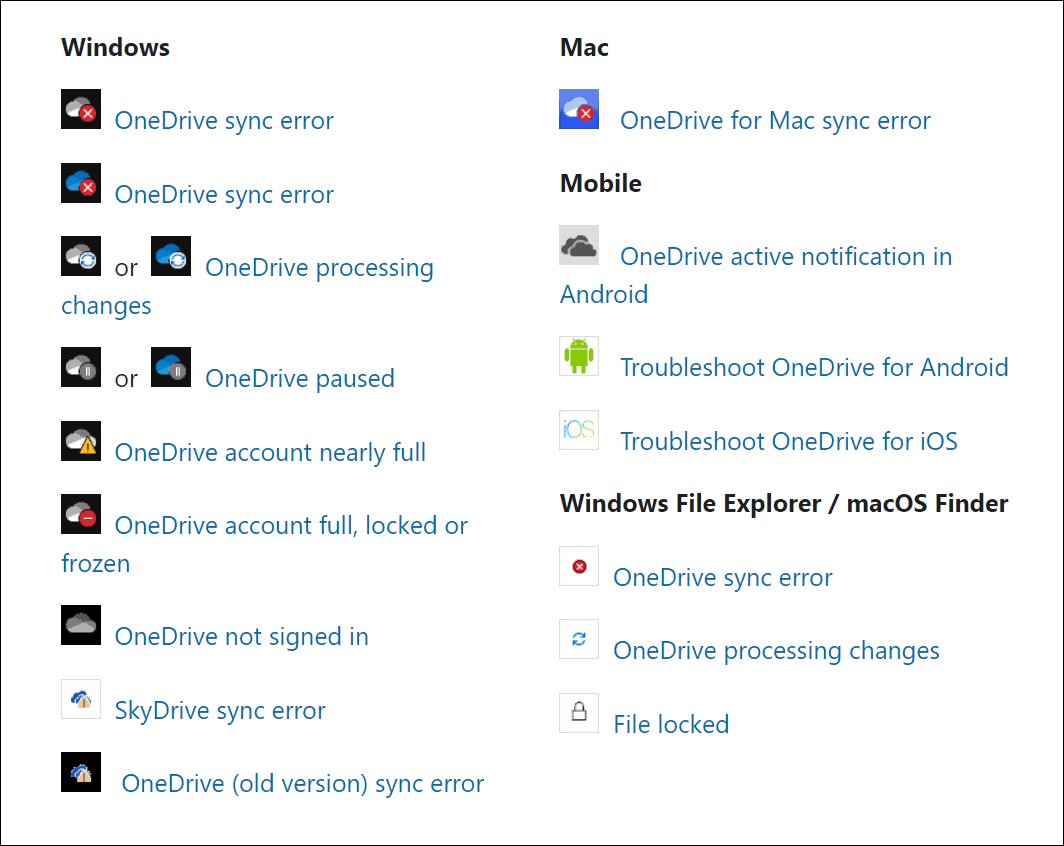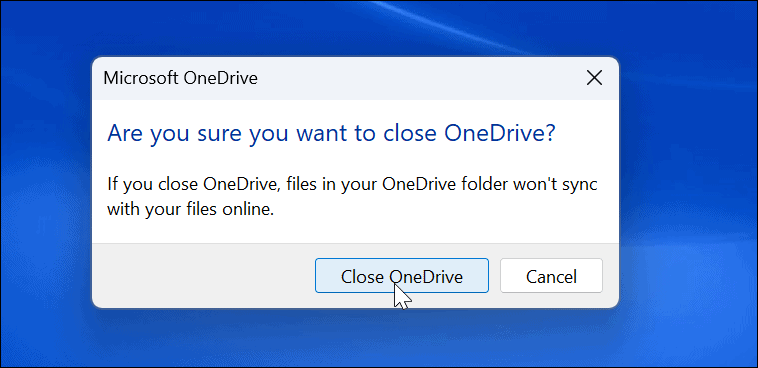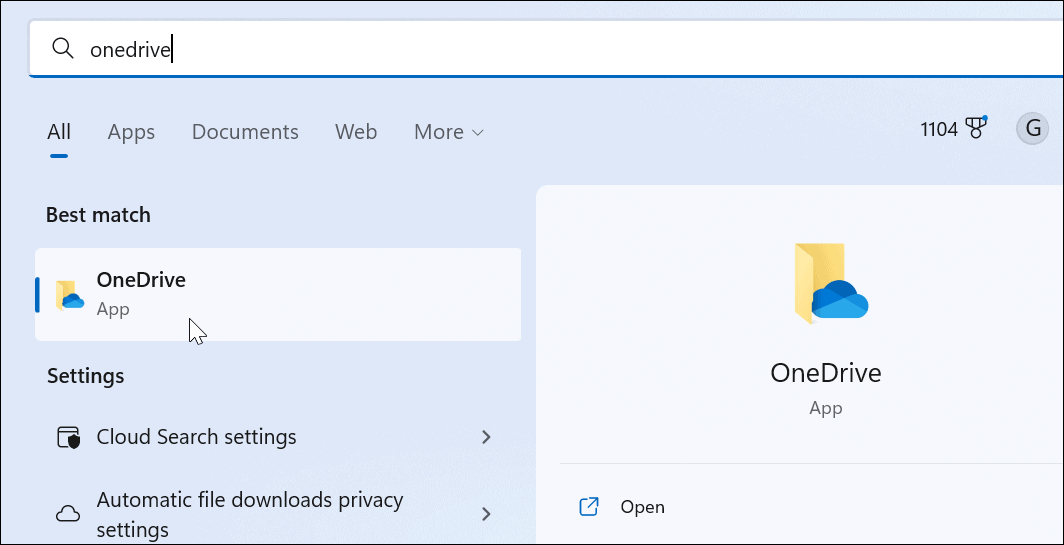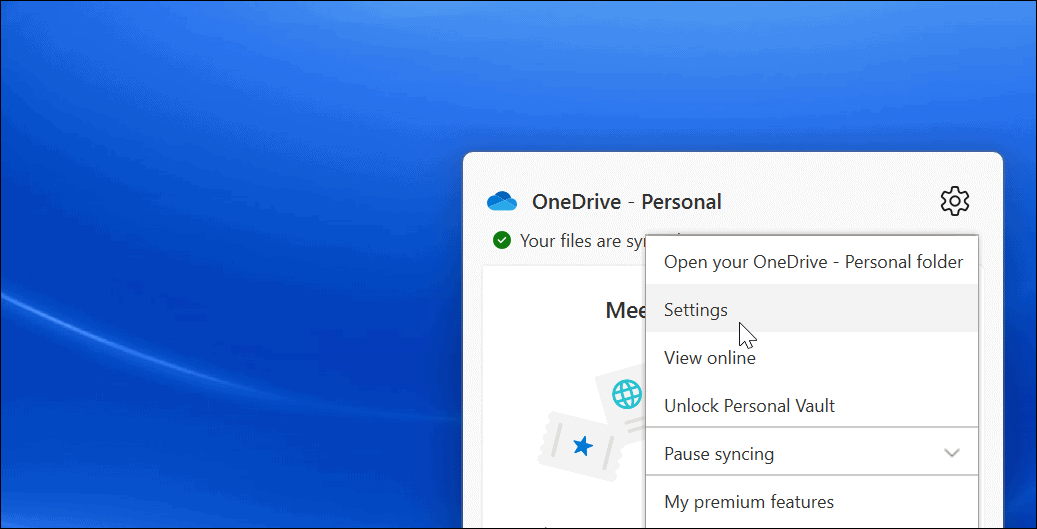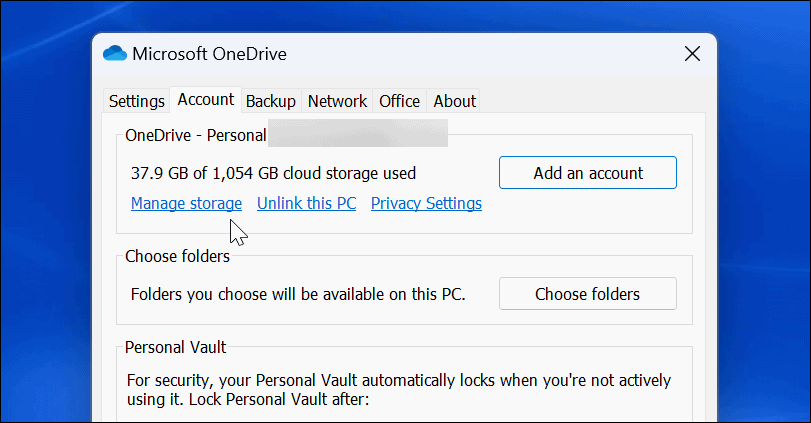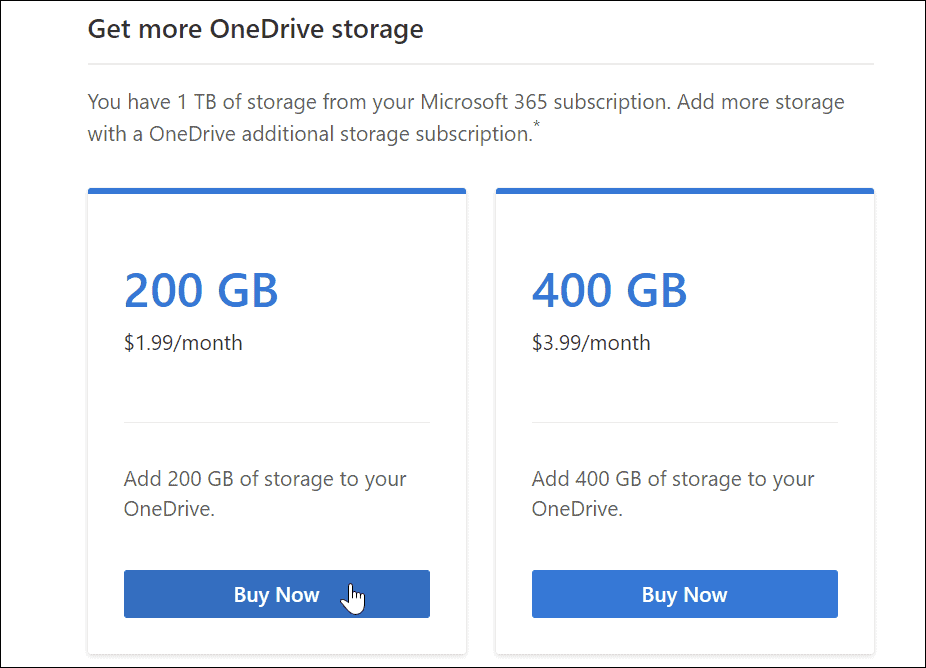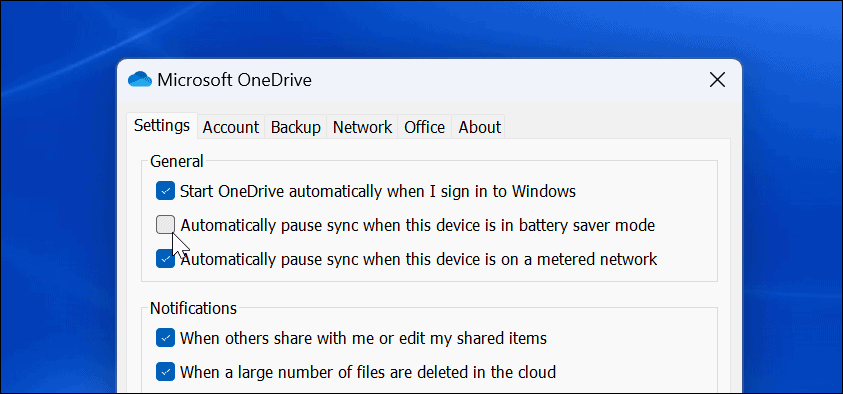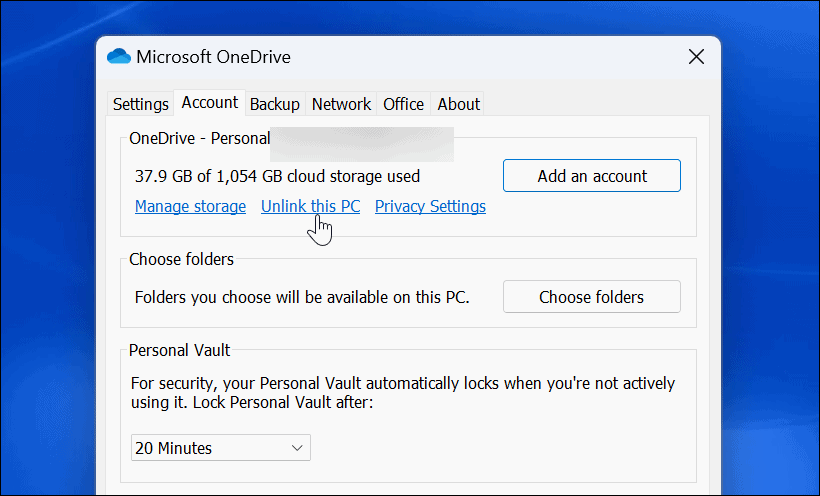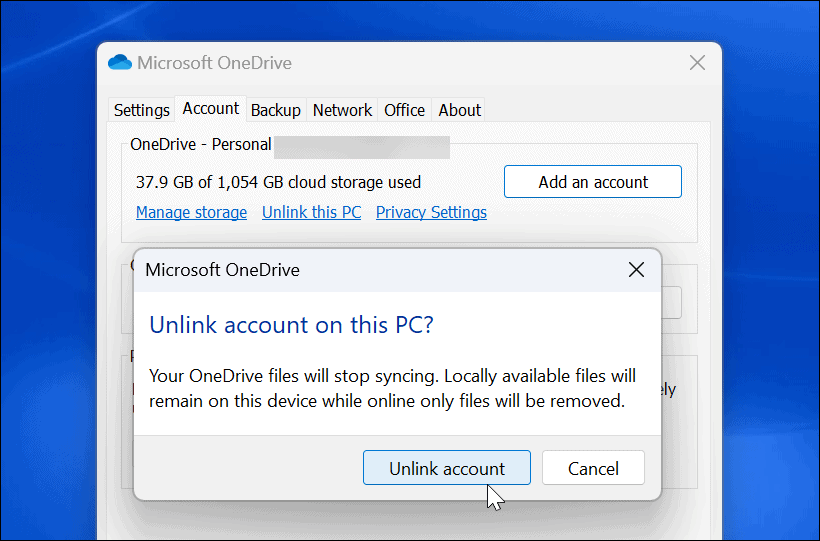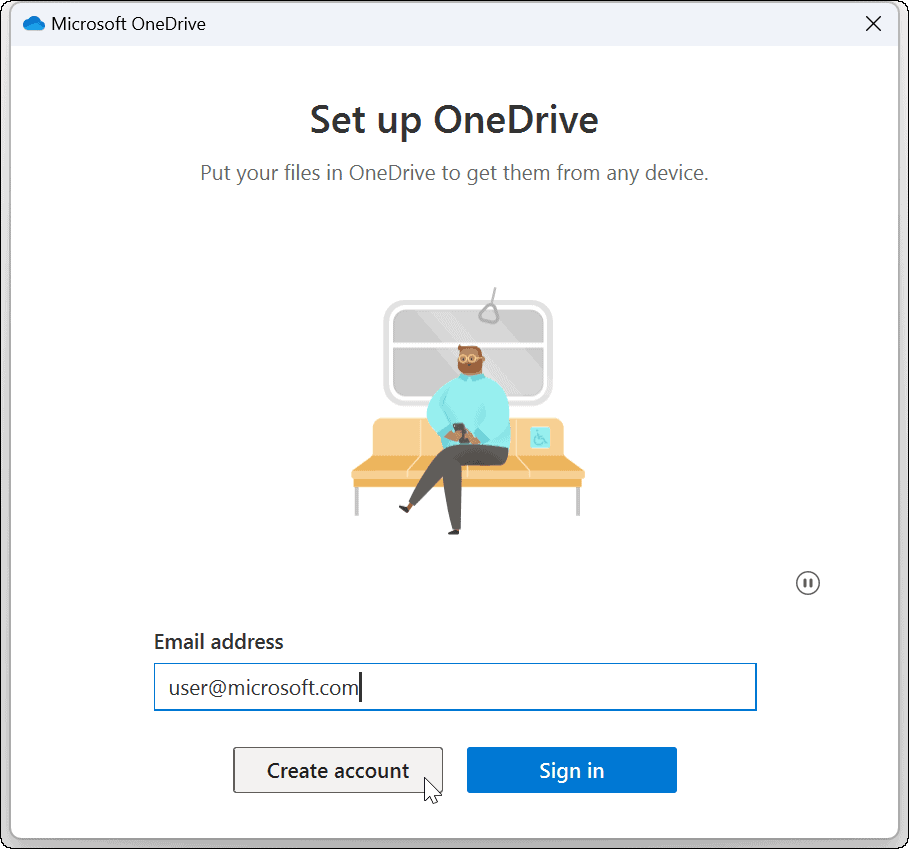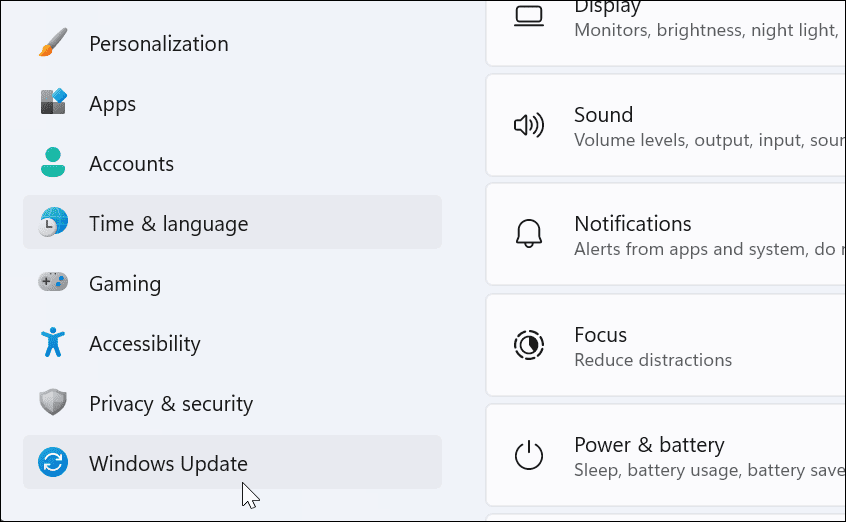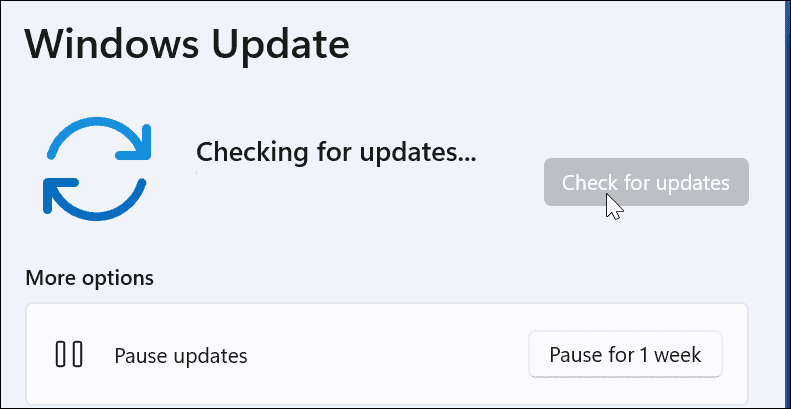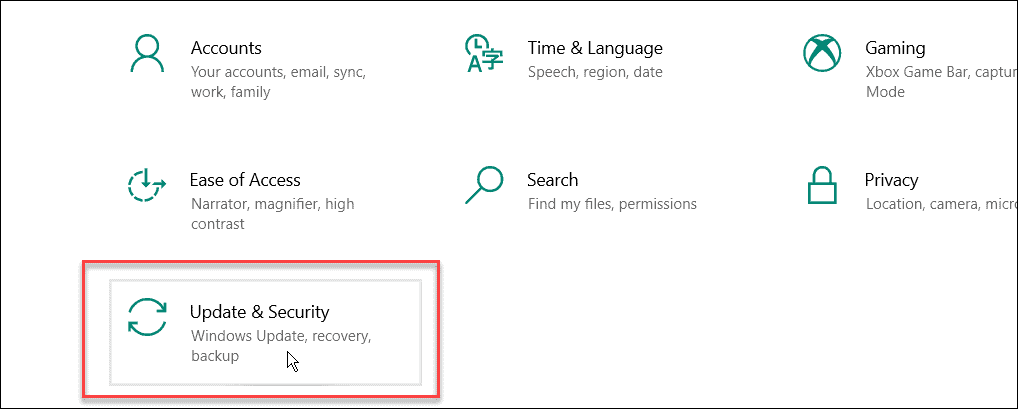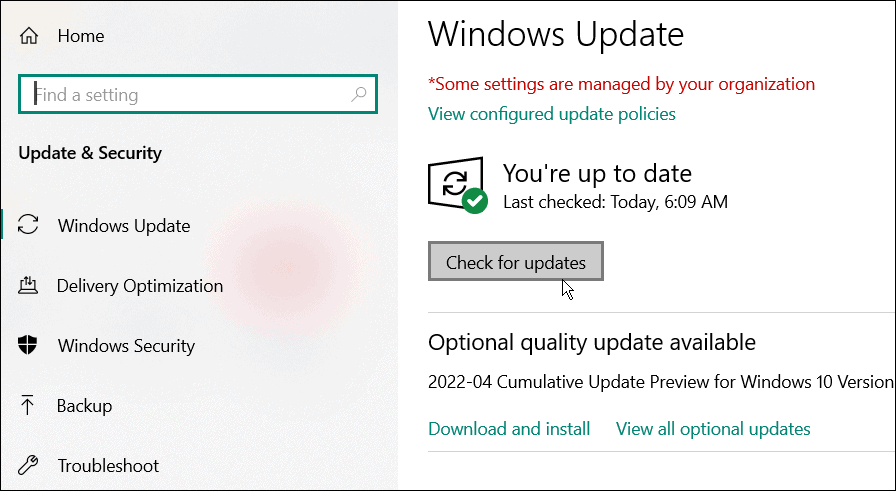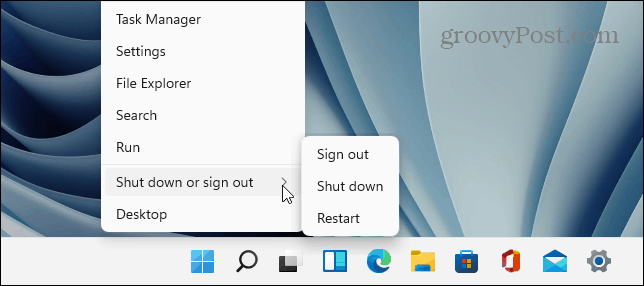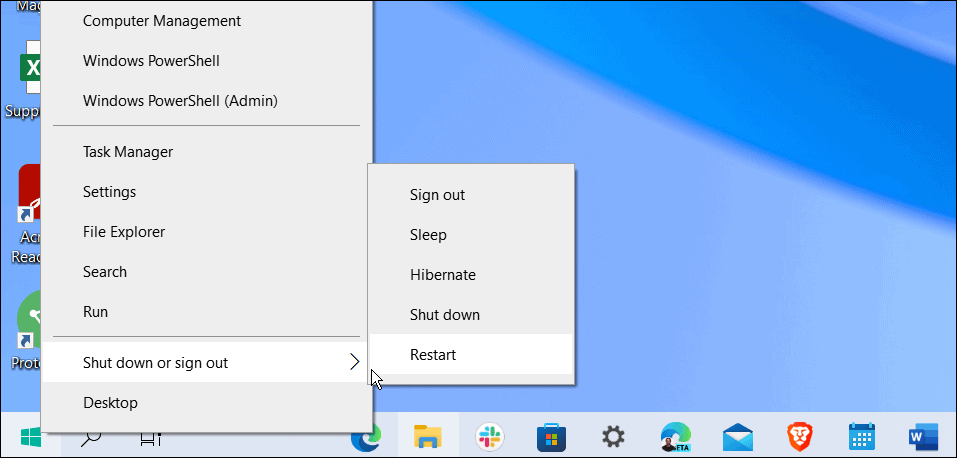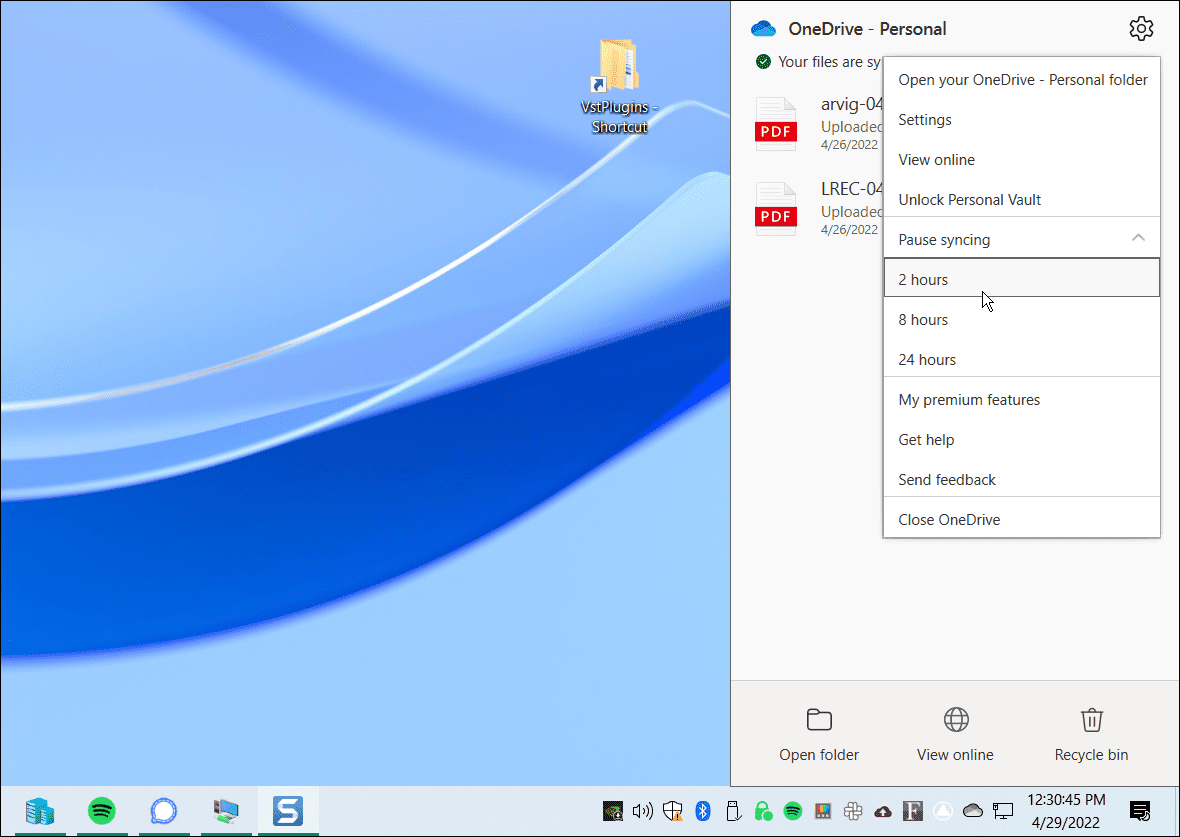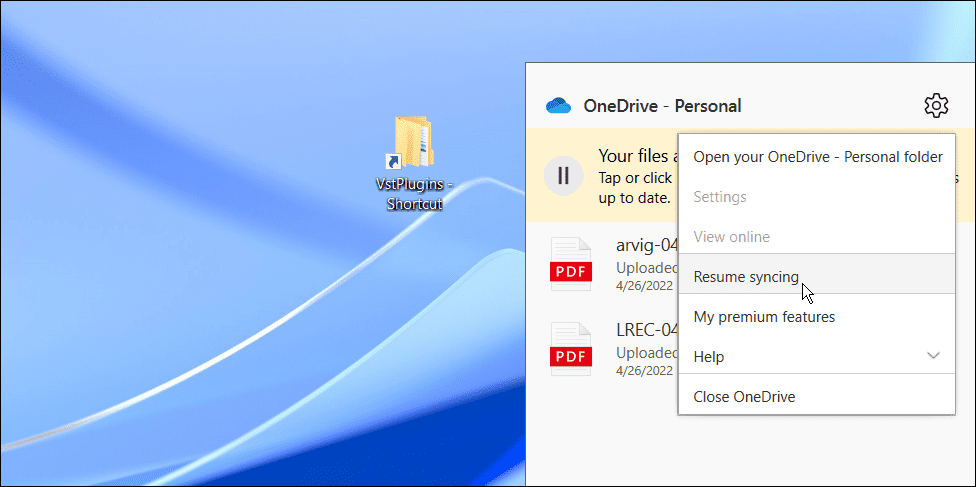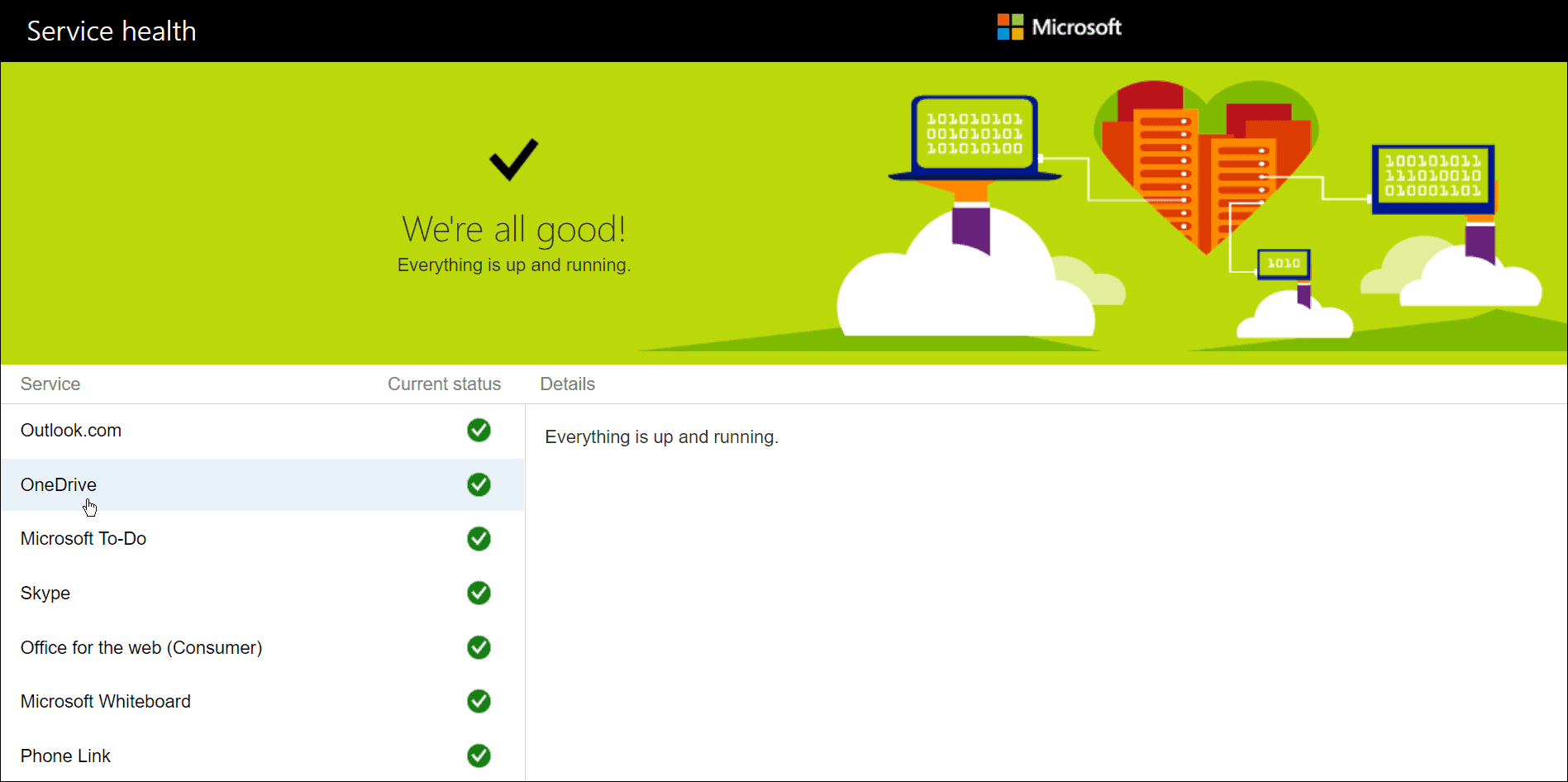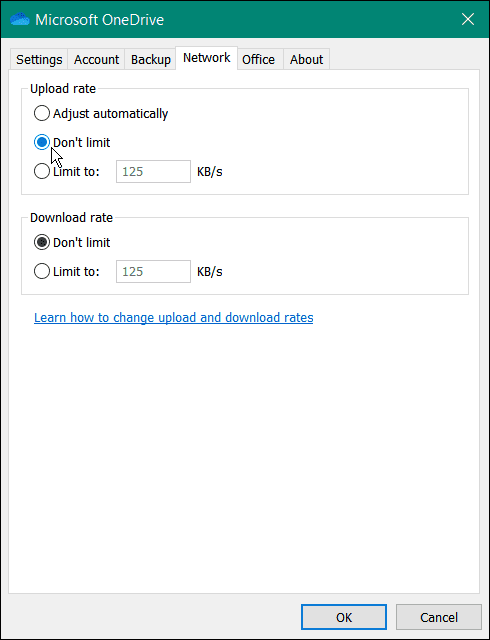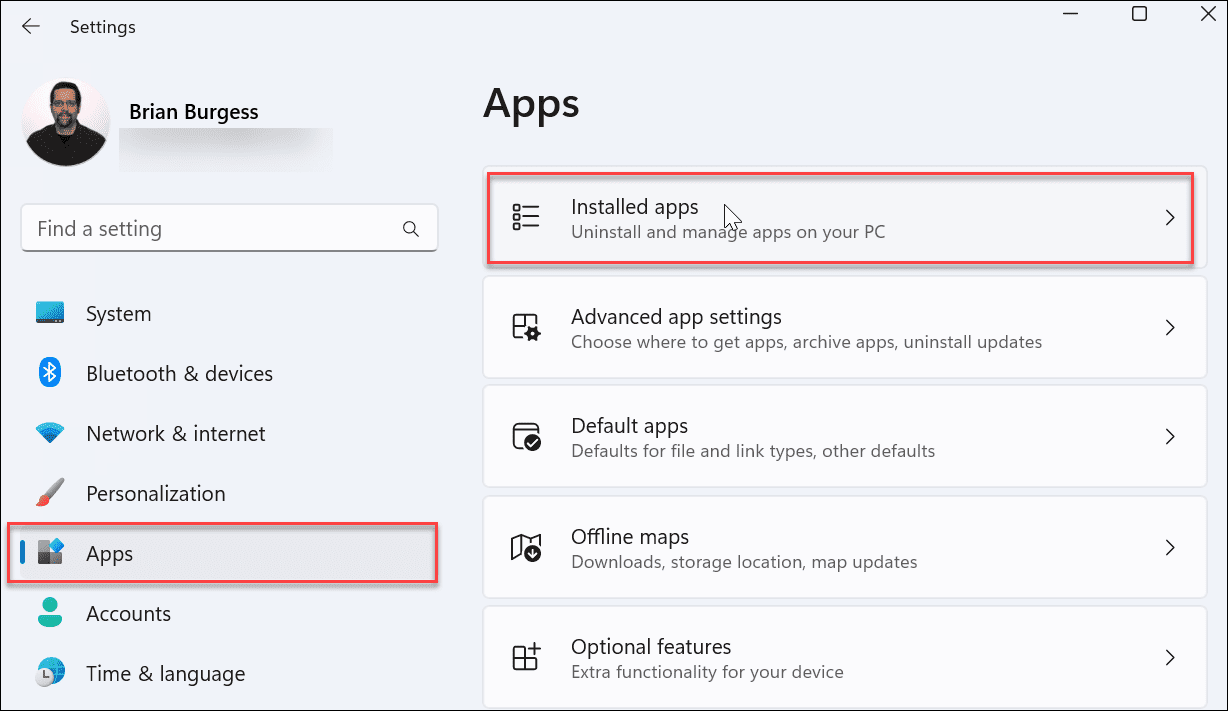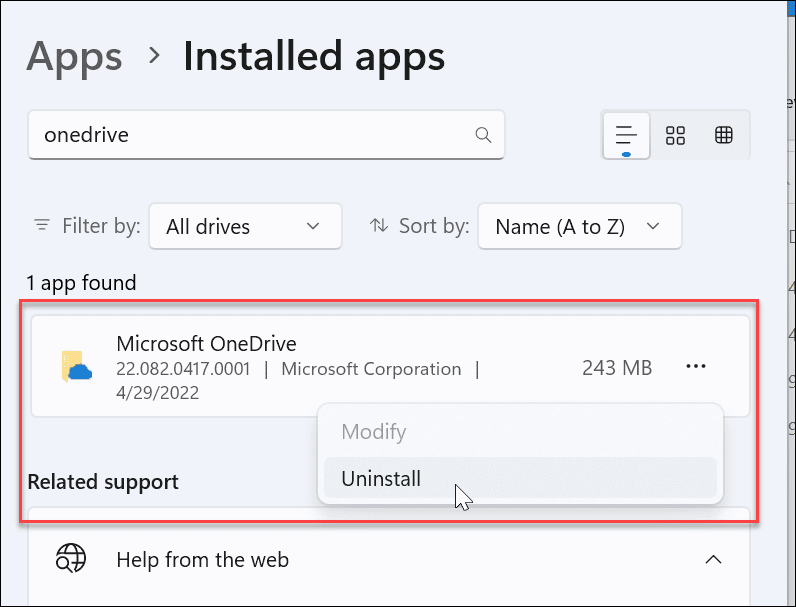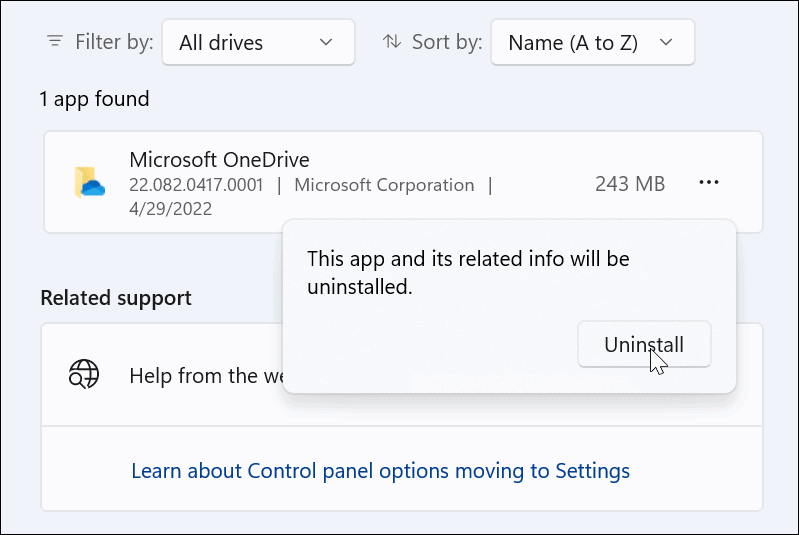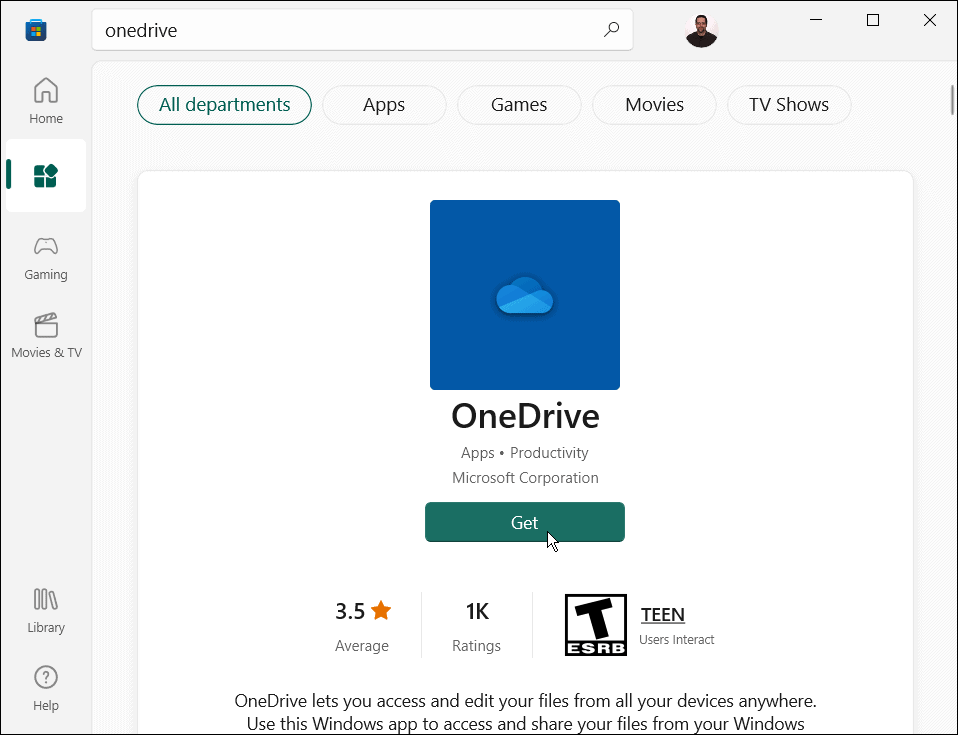For example, you might find that files aren’t syncing correctly or throwing up sync errors, or specific files won’t sync while others do. If that happens, you’ll want to fix OneDrive not syncing. Whatever the issue, it’s troublesome when your files in OneDrive aren’t syncing the way they should. Here is a look at 12 ways to fix OneDrive not syncing on Windows.
Before You Begin
If you’re having sync issues with OneDrive, it would be nice to press a button and fix it. Unfortunately, there are different errors, and each one requires its own fix and multiple fixes. Before you begin, it’s important to note that OneDrive doesn’t delete files that have synced through the OneDrive app. After employing each fix, test OneDrive to see if the problem is solved. Another vital thing to note is that these fixes will work on OneDrive for Windows 11 or 10.
1. Check OneDrive for Error Codes
This option can be tricky as OneDrive doesn’t always provide error codes. But if you do get an error code, read Microsoft’s guidelines for each error.
It’s also worth noting that Microsoft provides sync codes and messages. Unfortunately, they don’t all apply to OneDrive, but they can give you a good start with troubleshooting if error messages do appear.
2. Close and Reopen OneDrive App
Like restarting an app or your PC to get things working, you can close and reopen OneDrive. For example, a file can get caught up while trying to sync, or a file could have froze up while syncing. You can restart OneDrive using the following steps:
3. Verify Storage Amount
If you’ve reached your storage limit, files aren’t going to sync with OneDrive anymore. Basic users only receive 5 GB of storage by default. To get a full TB of storage, you need to sign up for the Microsoft 365 suite of apps. To check your storage on OneDrive, use the following steps:
4. Disable Sync Pausing in Battery Saver Mode
Running on a low battery? Your OneDrive files will stop syncing by default to reduce the demands on your PC. Your PC might be in battery saver mode when this happens. To disable OneDrive sync pausing in battery saver mode: Note that while this option will allow OneDrive syncing while in Battery Saver mode, it will decrease your battery power. However, it might be necessary when you need to sync a critical file.
5. Unlink and Link Your OneDrive Account
It’s vital to ensure that OneDrive links to your appropriate Microsoft account. Removing your account and relinking to it can fix OneDrive syncing issues. To unlink and relink your account in OneDrive:
6. Update Windows
Windows updates are essential for the security and stability of your system. They often include bug fixes for Windows applications, including OneDrive, which could fix a OneDrive sync bug. Some updates will require you to restart your system. If you don’t want that interruption, configure the Active Hours feature first. Use the following steps to update your Windows system:
7. Restart Your Windows PC
Restarting your PC can fix many issues, including OneDrive not syncing. For Windows 11, just follow these restart instructions.
To restart Windows 10, right-click the Start button and select Shut down or sign out > Restart.
Hopefully, after the restart, OneDrive should be syncing files successfully.
8. Pause Syncing and Resume
If OneDrive syncing seems to freeze up, you might have lost your connection. OneDrive can also occasionally freeze up if a file upload is interrupted and can’t resume. You can manually pause syncing and resume it to fix the issue. To pause and resume OneDrive syncing: Wait for OneDrive to re-establish its connection to the internet. This should hopefully resolve the issue for most users.
9. Check Microsoft for Service or Connection Errors
If you’re still having issues with OneDrive syncing files, it’s worth checking with the source—Microsoft. If any Microsoft services are down, it could point to an issue that you personally can’t resolve. You can check this by going to the Microsoft service health website. From here, you can check on OneDrive to make sure it’s up and running. You can also check other services here like Skype, Outlook.com, and other services. In this instance, everything is up and running, but it would be on the site if there were an issue.
10. Check Network Bandwidth Restrictions
If you’re using a limited bandwidth connection, you may have put bandwidth restrictions on OneDrive without realising it. If you urgently need files to sync to your OneDrive storage, however, you can remove these limits until the sync is complete. To remove bandwidth restrictions on OneDrive, use the following steps: Leave the network settings until your file(s) sync. If you have many files, you may notice that OneDrive prioritizes itself over other online apps and services. Once your files are synced up, set the upload and download speeds back to where they were previously.
11. Reinstall OneDrive
If OneDrive still isn’t syncing, you may need to try and reinstall it. It’s also important to note that you won’t lose any of your files, and the app will resync once you reinstall it. Other than that, uninstalling the app is easy and you can reinstall the app from the Microsoft Store. If you don’t want to use the store, use this direct OneDrive download link. You can uninstall and reinstall OneDrive by doing the following: Not on Windows 11 yet? You can also reinstall OneDrive on Windows 10.
Using OneDrive on Windows
OneDrive is an excellent feature built into Windows 10 and Windows 11. You can adjust it to backup your local files when you initially set up your PC. If it doesn’t sync the way it should, using one of the options above should fix OneDrive not syncing to help you get back on track. You can do a lot with OneDrive—for instance, you can make Excel files automatically save to OneDrive or you can try cool things like casting media from OneDrive to Android. Or, how about streaming music from OneDrive to Chromecast? Comment Name * Email *
Δ Save my name and email and send me emails as new comments are made to this post.
![]()

